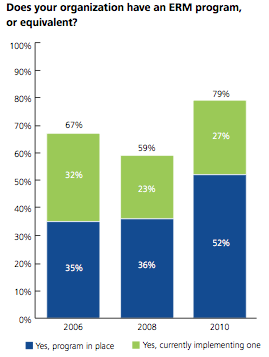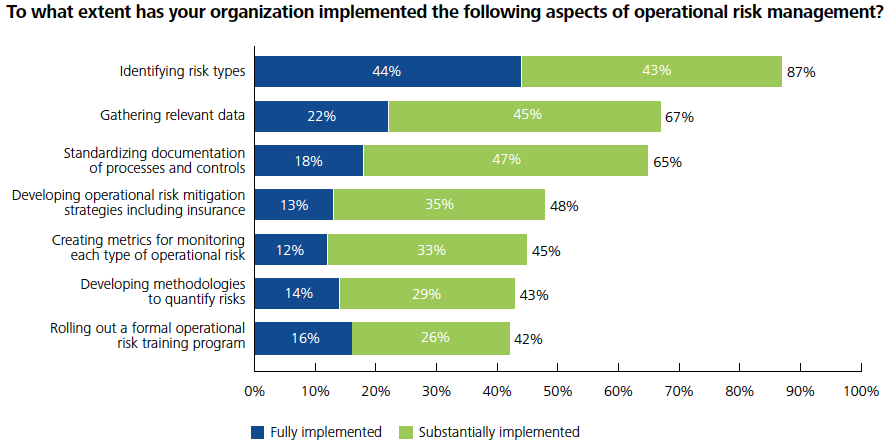Henry Ristuccia of Deloitte has some good advice for companies that are still behind the times when it comes to managing reputation risk: identify potential threats and monitor them vigilantly. He also notes that companies should be sure to focus on the upside of reputation as well as the downside. Most companies already engage in marketing efforts to improve how stakeholders perceive them, and that’s key: studies have shown that, once a company’s reputation becomes rosy, it’s likely to stay that way.
A highly positive reputation is itself a tool in managing risks to reputation. The PR firm Edelman’s 2011 “Trust Barometer,” an annual survey that “measures attitudes about the state of trust,” found that, when a company is trusted, 51% of stakeholders will believe positive information about the company after hearing it once or twice. And only 25% will believe negative information after hearing it once or twice. Distrusted companies, however, fare poorly by comparison: only 15% of stakeholders will believe positive information about a company they don’t trust, and 57% will believe negative information after hearing it once or twice about such organizations. This study also linked trust to customer purchases, investor share purchases, and people’s recommendations to others.
Head over to RMmagazine.com to read the rest.


